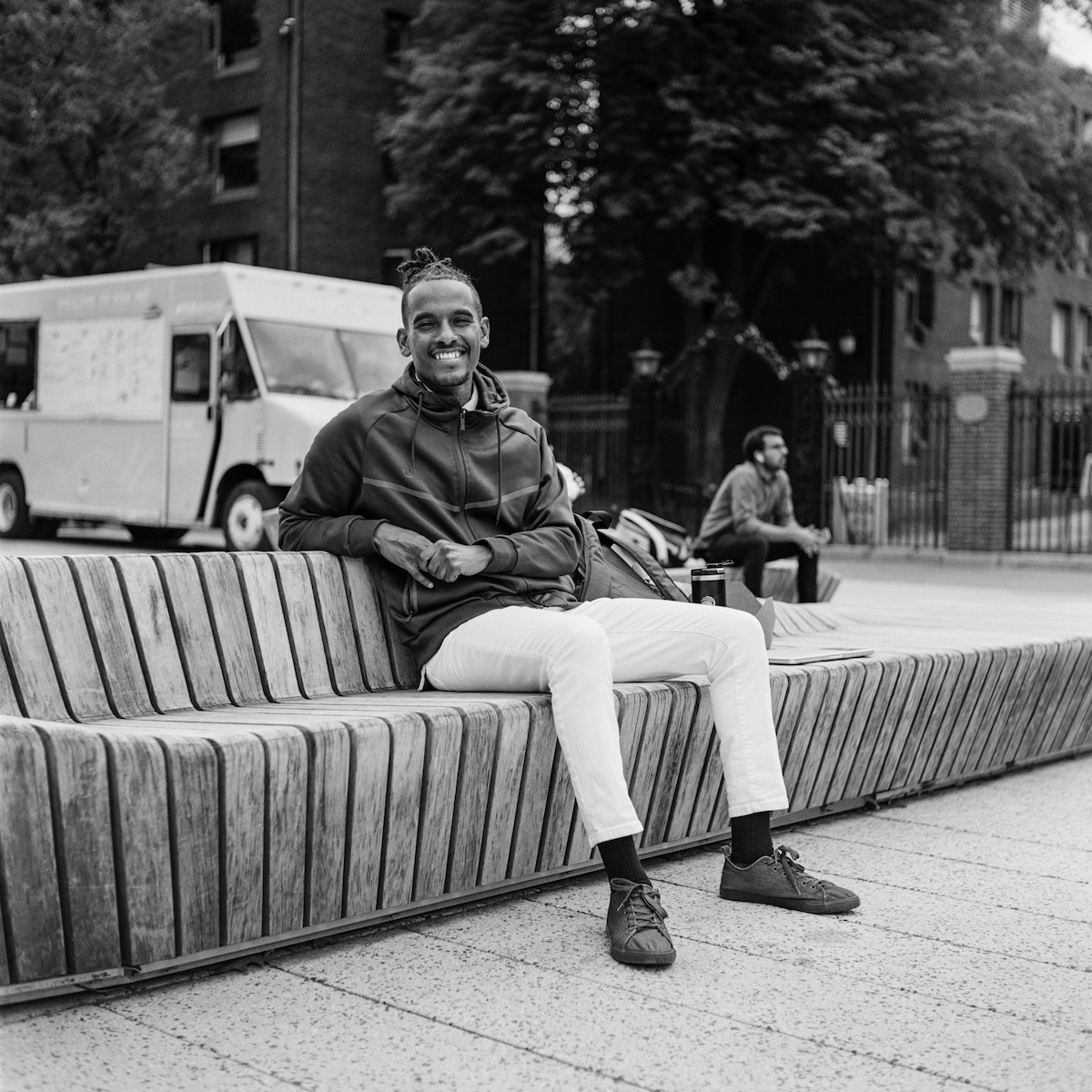
Stranger No. 97
Many people avoid talking to strangers, but not artist and storyteller Imran Nuri. He designed an entire project that centers around talking to people he doesn’t know. Over the course of an epic road trip that had him traversing all of the 48 contiguous U.S. states, he set—and met—a goal of photographing 1,000 strangers while asking each person their best advice on life.
Nuri used a 50-year-old medium format Yashica Mat-124 G camera to capture 1,042 photos of 1,019 people shot over 87 rolls of film. Because the black-and-white images were on film, he spent much of his travels not knowing how they would turn out. Luckily, a stop in Oklahoma City to develop a test roll confirmed that they would come out okay.
The project was a huge undertaking and sacrifice for Nuri. He began driving in May 2022 and lived in his Toyota Camry for 12 weeks. It required him to quit his job, and he used a combination of his savings, support through Patreon, and a personal loan to fund it all.
In the end, the intense endeavor was worth it. “The greatest strides in growth and the most impactful artwork comes from getting out of your comfort zone,” he says. “That said, creating this series pushed me so radically out of my comfort zone that I became a 10x better version of myself, and it’s a cherry on top that I can share the life advice to help others, too.”
We spoke to Nuri about his ambitious project, including one memorable encounter with a stranger in Colorado. Scroll down to read My Modern Met’s exclusive interview.
Artist and storyteller Imran Nuri spent 12 weeks traveling across the lower 48 U.S. states, photographing 1,000 strangers and getting their best advice on life. Read our interview with him about the project.
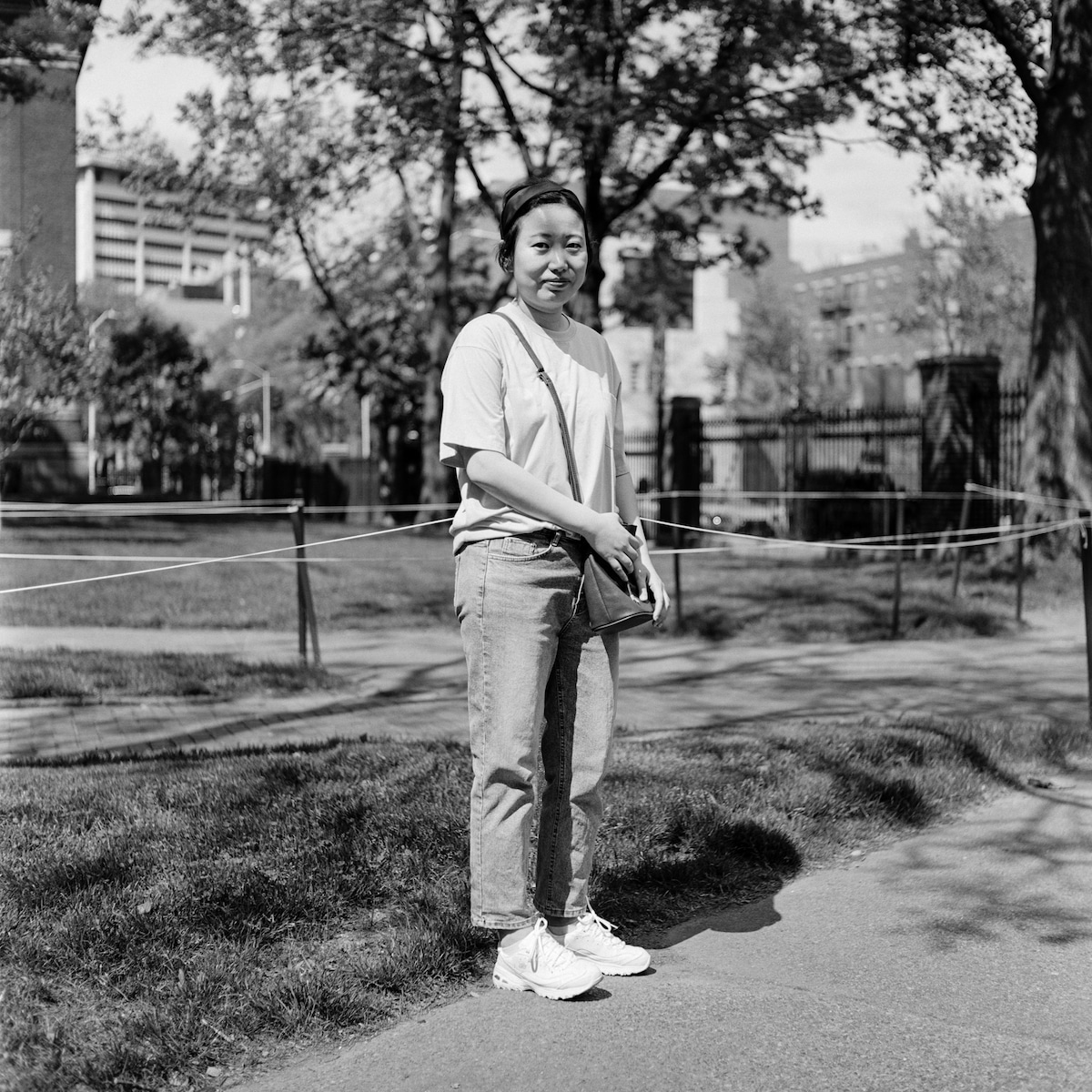
Stranger No. 103
How did you get the idea for this project?
I’ve always been someone to push myself to grow as much and as often as possible. During my junior year of college as I watched my friends secure internships at Fortune 500 companies, their plans being to get full-time offers for after graduation, I couldn’t help but ask myself whether there was a more effective way to learn and grow during that crucial summer. I told my peers and advisor, “I’m not sure whether I would learn more by taking on an internship at a major company or doing something way out of my comfort zone like living in a car for a few months and gathering stories from strangers.”
At that time, photography wasn’t a component of it. I chose to start a nonprofit that summer which I would end up running full-time until the end of 2021. Then you fast forward a few years of being in a pandemic, shutting down the nonprofit I built, and choosing to focus more on creating art. At that point, I asked myself what would change in my life if I knew I only had a year left to live. The answer was clear, and it’s what this project became—1,000 pieces of wisdom about how to make the most of life gathered from total strangers from across the country.
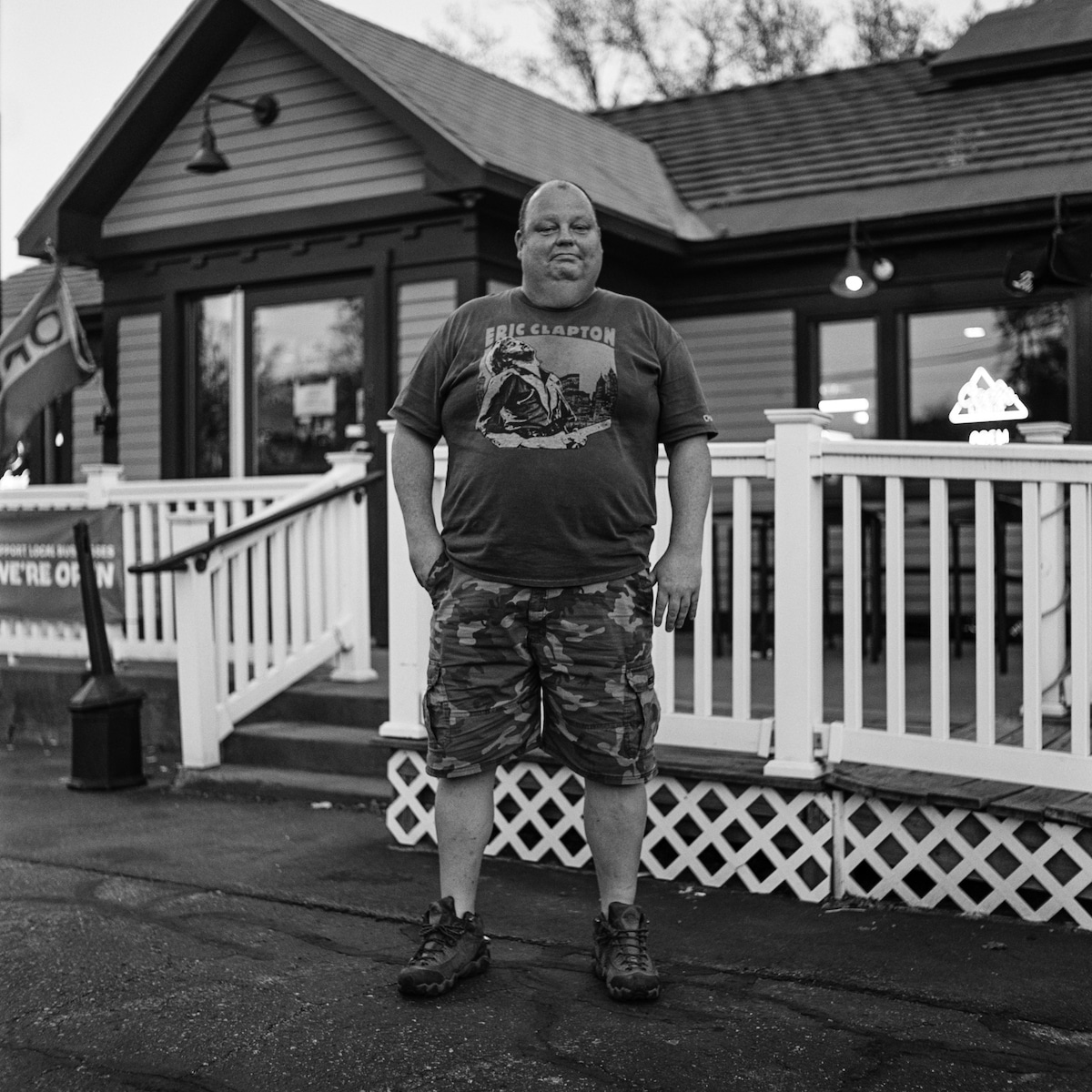
Stranger No. 56
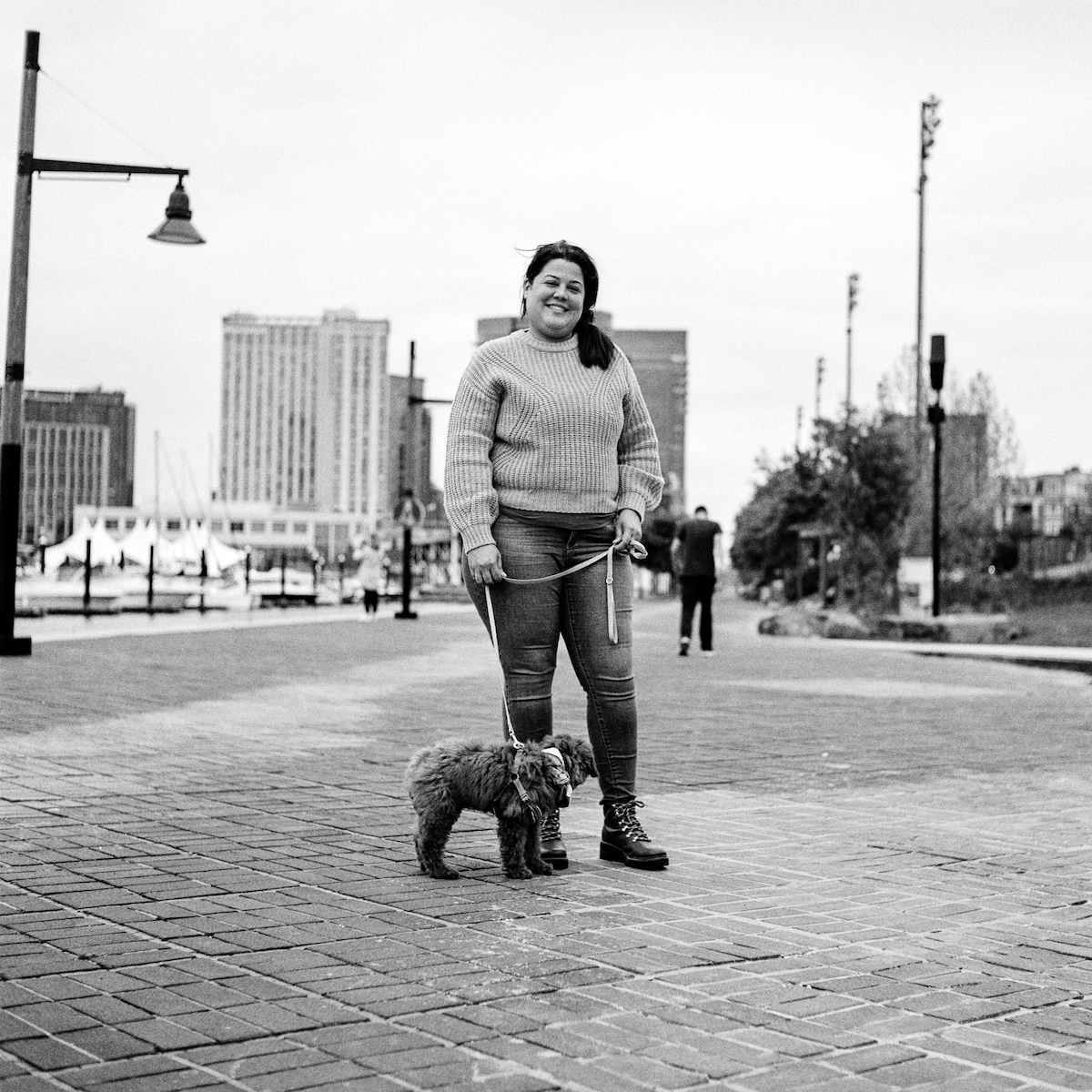
Stranger No. 248
You had to make some serious sacrifices for this project. Why did you feel so compelled to start and finish it?
I was in an honors program at Ohio State and my advisor, Ty Shepfer, said something that will always stick with me. He said, “Everyone wants to believe they’ll live to be 80 years old, but that’s not true. Can you really afford to risk planning for an 80-year life that’s not guaranteed?” I think about that frequently. Sure, I hope to live a long and wonderful life, but what if that’s not what’s meant to happen to me? What if I had this idea and waited until I was 35 to act on it only to find out at 34 that I have terminal cancer? You could say I felt compelled to start and finish this series out of the fear of dying young. It was a grand learning experience for me with the cherry on top of being a body of work that people can enjoy and benefit from for at least decades to come.
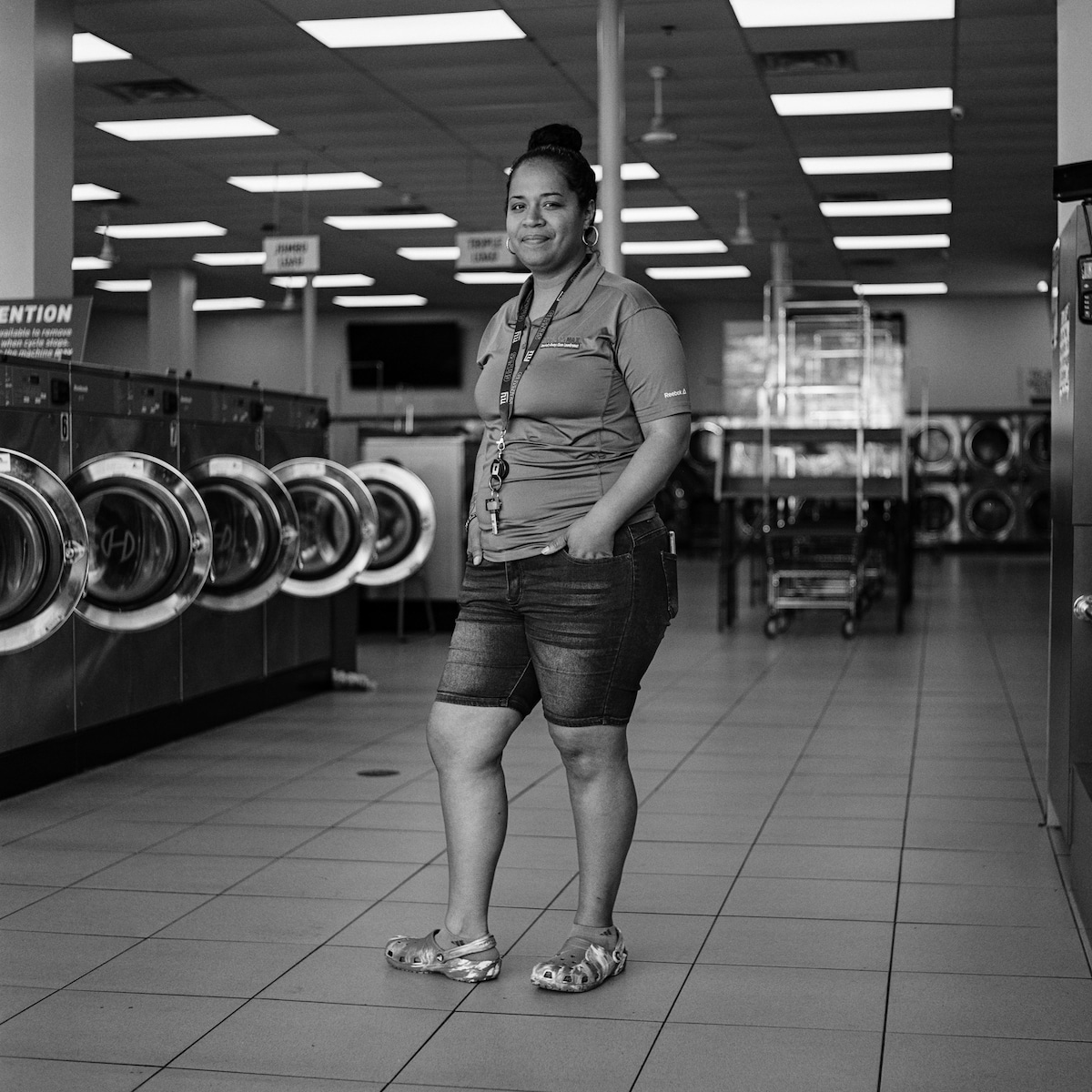
Stranger No. 116
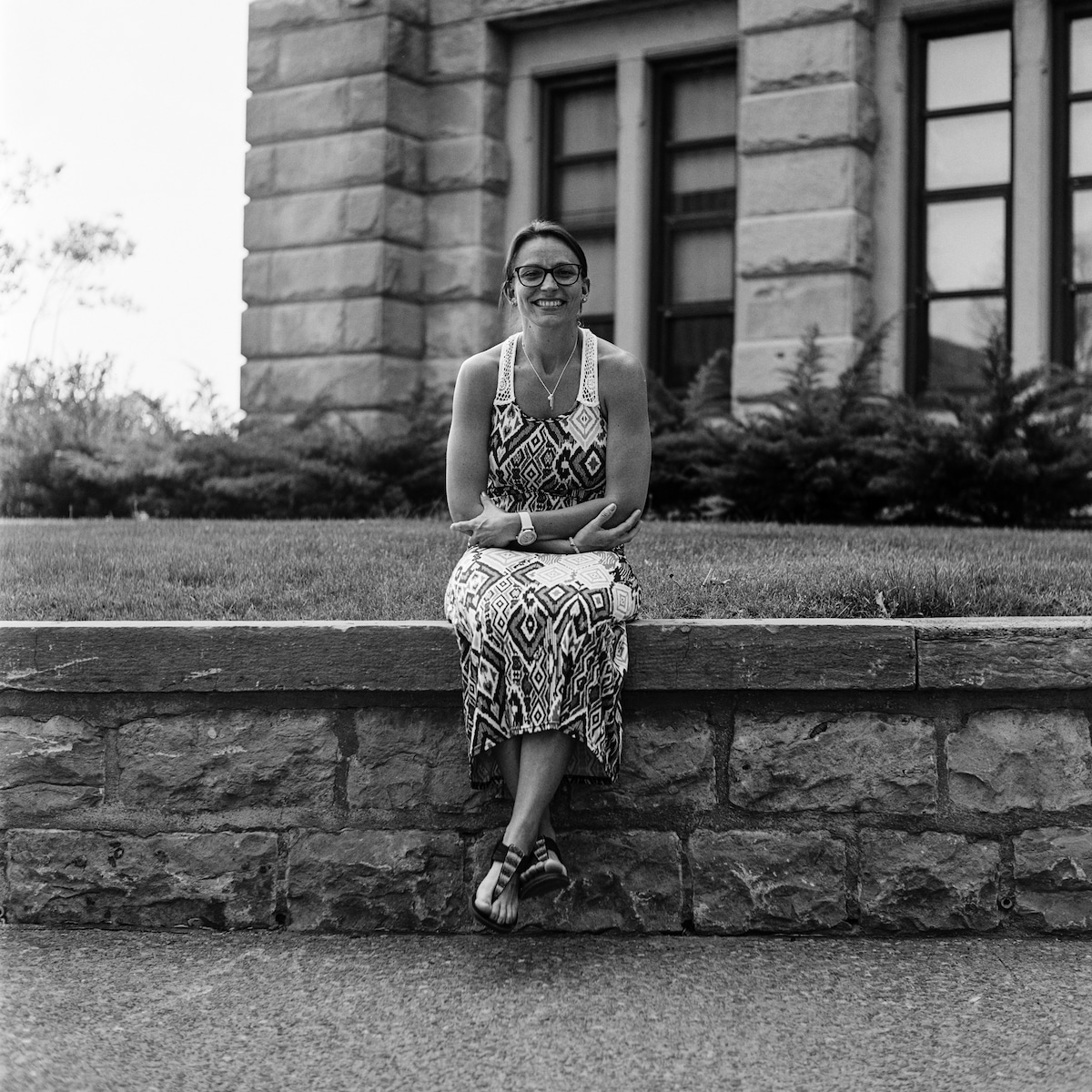
Stranger No. 34
How did you find these individuals?
The way I would find people is essentially by walking around in areas where people could also be walking around, mostly downtowns and parks, and looking for people who were alone. Before starting this series, I tested it out on a smaller scale in Chicago and found that I got higher quality answers from people when we were one on one compared to when people were in groups. I would stop them, ask if I could ask them a question, give them my spiel, and then ask them for life advice based on their lived experiences. Something that still shocks me after completing the journey is the fact that about 95% of all the people I talked to didn’t ask for my name or share theirs until after they had shared their life advice. Someone could tell me about the worst thing that ever happened to them without realizing that we were still strangers who didn’t know each other’s names.
At what point did you snap their photo?
After they shared what they wanted to, we would formally introduce each other, shake hands, and I would photograph them where they were. I never directed anybody on how to pose—I just told them to do what felt comfortable.

Stranger No. 258
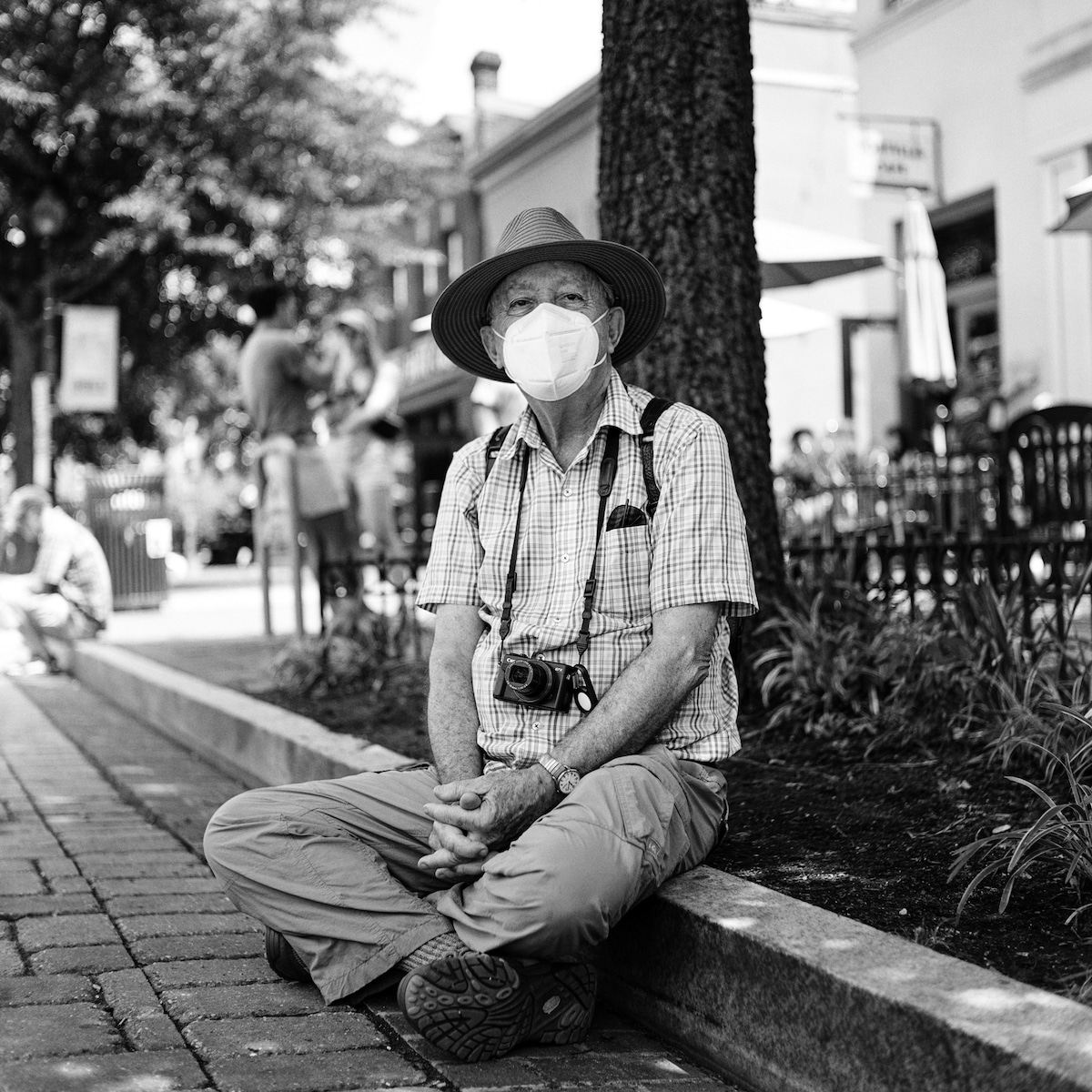
Stranger No. 278
You shot all of the portraits on a medium-format camera. What inspired this decision?
I’m so glad you asked because the truth is that in an age where I could have whipped out my phone, photographed the person, and uploaded the photo to the cloud where it would live safely no matter what, it was an absolutely ludicrous decision to shoot film and not develop along the way. However, there were some key reasons why shooting on a twin lens camera (TLR) on medium format film was the best thing. I think most importantly that using a TLR means you shoot at the waist level. Making portraits with TLR will inevitably give you photos that make the subject look tall and powerful. I loved the idea that all 1,000 people, no matter what they looked like, would look powerful and confident, conveying the idea that at least for them, the advice they shared was the absolute truth.
Medium format also offers resolution that will make it possible to print these portraits in large sizes as I start to exhibit them. Some other reasons include the unique look of a 50-year-old lens, the undeniable humanness of film, the camera itself being an easy conversation piece, and not being able to analyze my photos while on the road meant that I stayed focused on the journey itself rather than results.
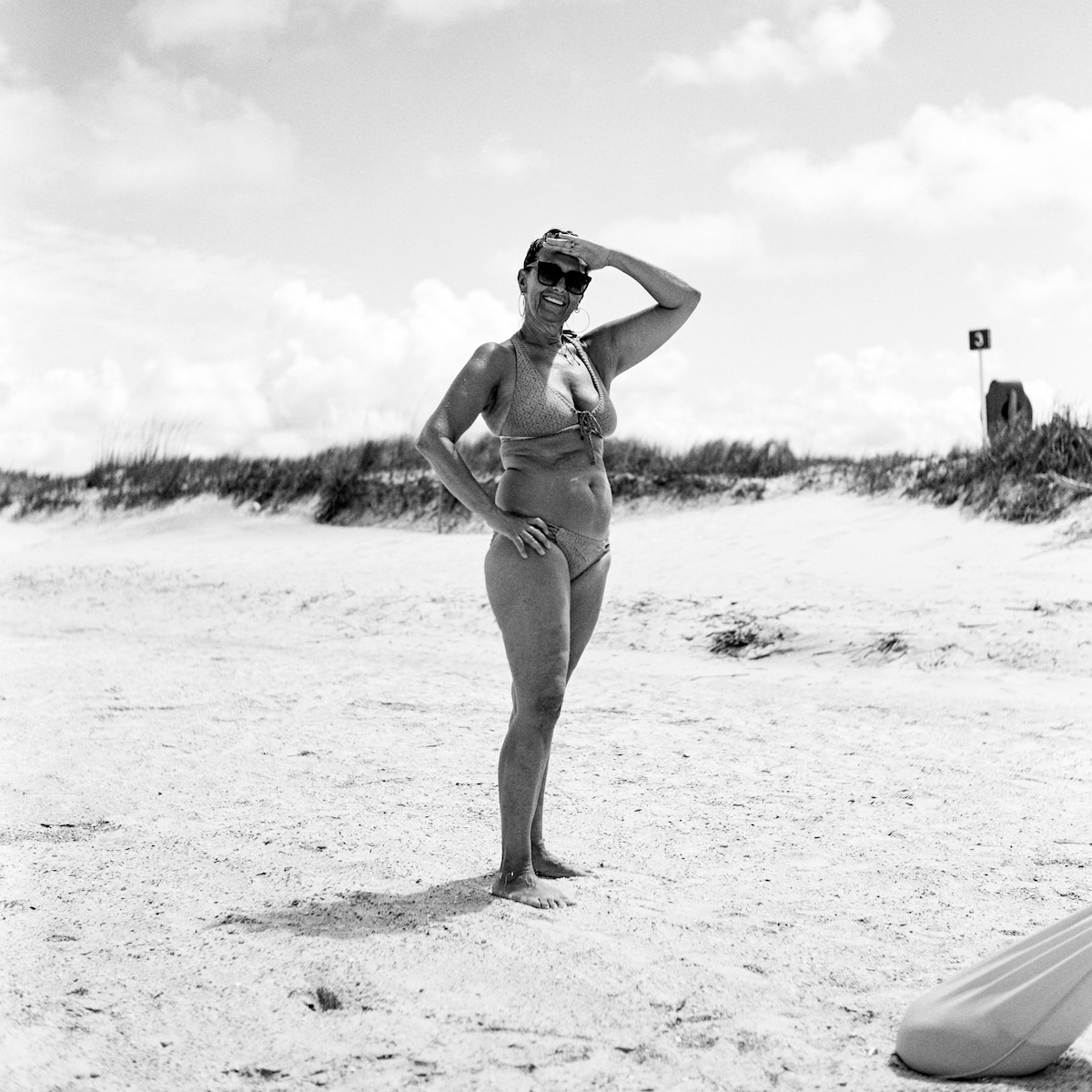
Stranger No. 378
Is there any person who stands out for a very memorable visit?
There were quite a few superstars along the way, but one of the most memorable strangers I met was in Colorado Springs. As I was walking around talking to strangers, one person told me about how just 10 minutes ago, they had just been stopped by another guy who also said he was going around talking to strangers. Not just that, but he was getting matching tattoos with them! Neither of us had any idea if this tattoo guy was still around the area, but I thought that was the weirdest coincidence.
Later, as I was photographing who I thought would be my final stranger in Colorado Springs, in walks the tattooed man. His name is Don Caskey, and at the time he had over 400 matching tattoos with total strangers. He told me about how he had gotten diagnosed with terminal kidney cancer a few years prior, and though he hadn’t gotten a tattoo before then, he decided to use his remaining time making as many memories with strangers as possible. His advice? Don’t work your life away. I ended up being the 435th stranger to get a matching tattoo with him. It was my first tattoo, and it’s a roll of medium format film. I got mine on my forearm and he got the same one on his knee. We still keep in touch to this day.

Stranger No. 416
What were some of the larger lessons that came out of advice from 1,000 strangers?
When you watch the news, you’re led to believe the world is all bad all the time everywhere. It’s hard to remind yourself that the news is often the worst of the worst of the worst things happening at any given time. For me, going through the experience of interacting with 1,000 strangers in the lower 48 states reminded me that most people are good or willing to be kind face to face, unlike what the news leads you to believe. I think another major lesson from the whole series is that as a human race, we likely have all the knowledge to prevent our own problems, and maybe for the first time in human history we also have access to that knowledge easily through the internet. Still, our imperfection leads us to make the same mistakes over and over again. There’s beauty in our imperfection, but it’s also just a lot of unnecessary, preventable pain.
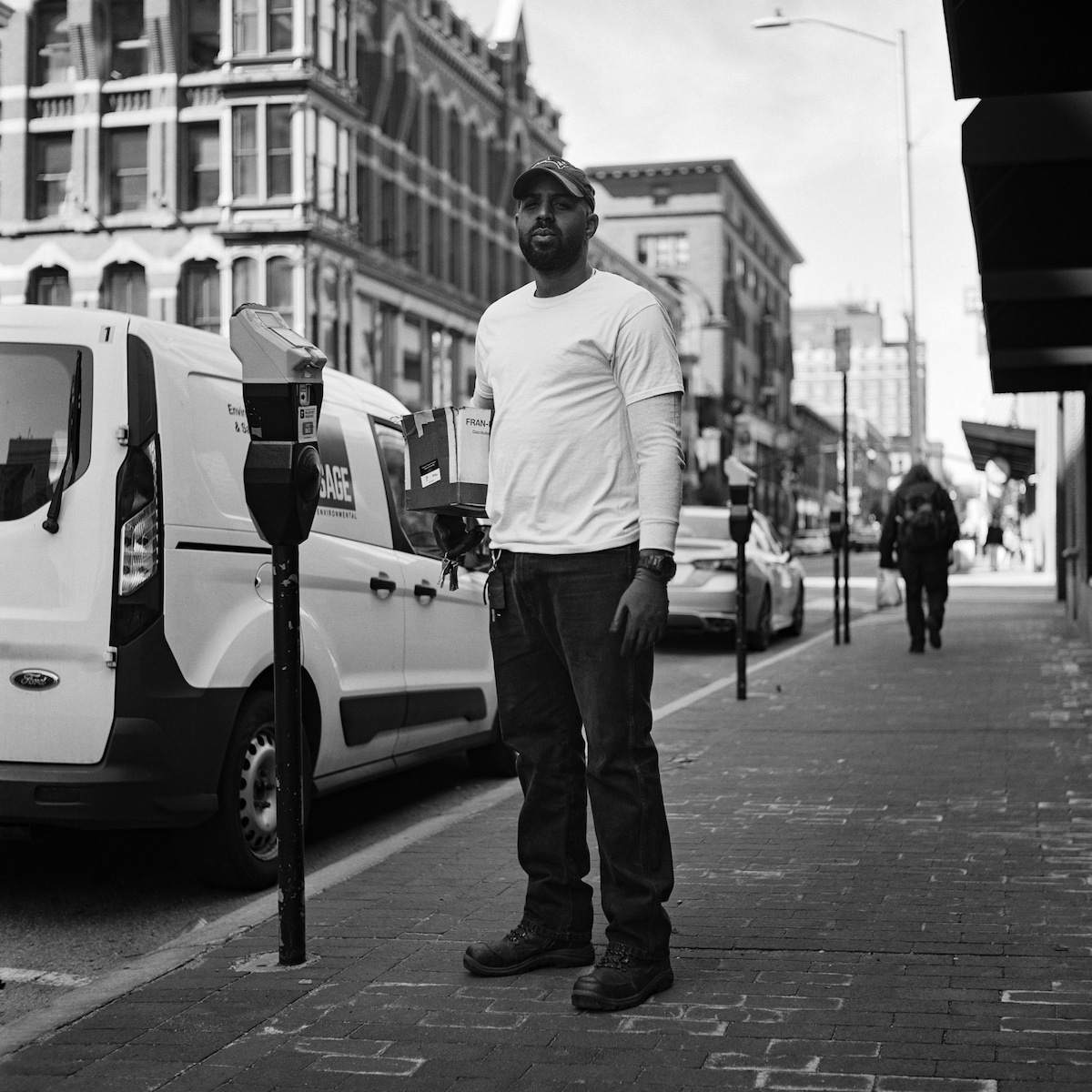
Stranger No. 117
What do you think we can gain from talking to people who might be outside of our social bubbles?
It’s a bit cliché, but the truth is that we have a lot more in common with one another than we realize. My hope with this series is that as viewers see the portraits and read the advice, they may look at the stranger who looks nothing like them, lives in a place far from them, and still experienced the same challenge as them. Our world is moving exponentially towards hyperspecific radicalization in every direction, so it’s more important than ever to broaden our horizons by making friends, or having conversations, with people who are different from us.
What’s next for you? Anything exciting to share?
My hopes for 2023 are to get a book published with the portraits, life advice, and stories of my experiences going through America. I’m hoping to also secure an exhibition or two to present the work in the scale that I envision it. For now, nothing is concrete, but I’m sure that will change soon!
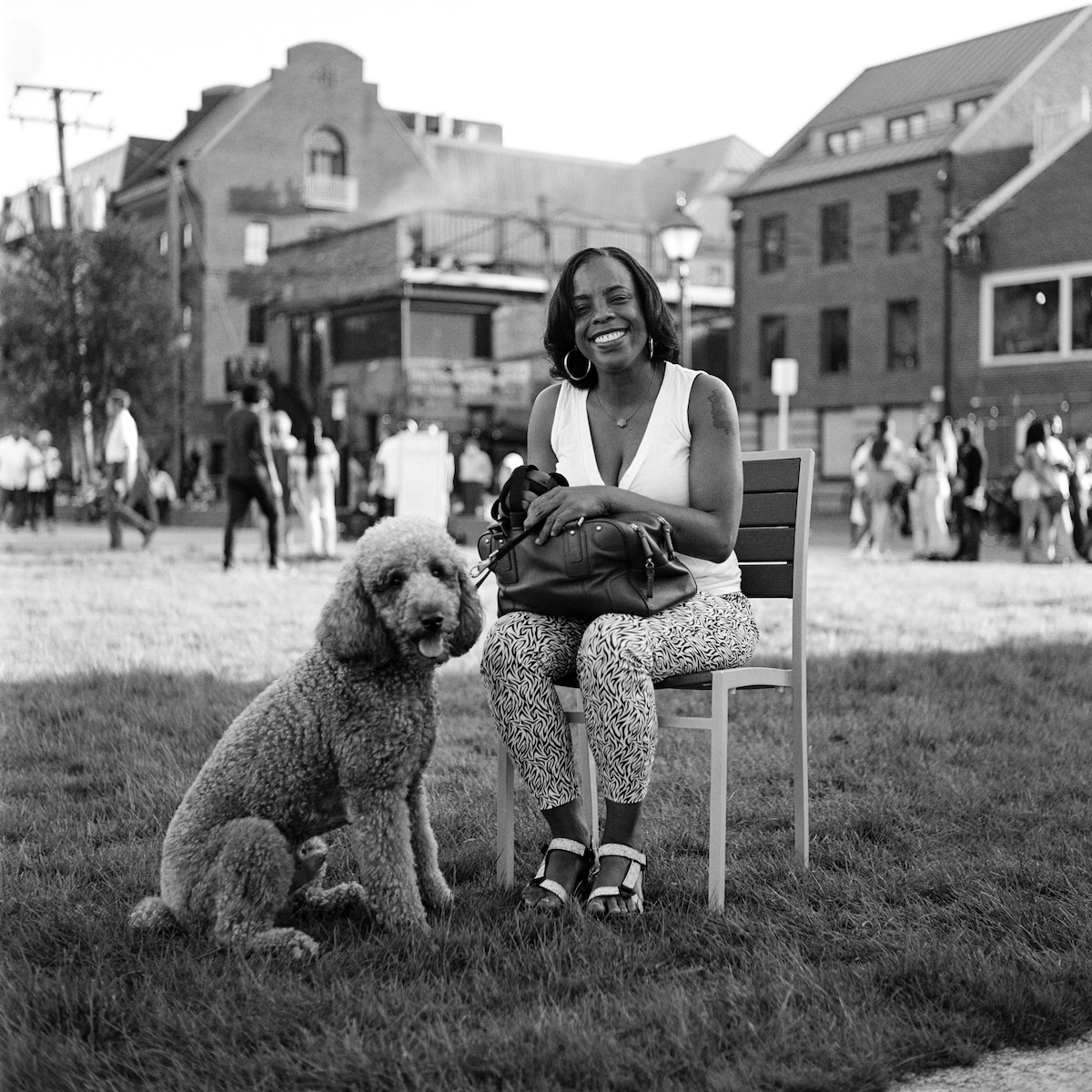
Stranger No. 297
